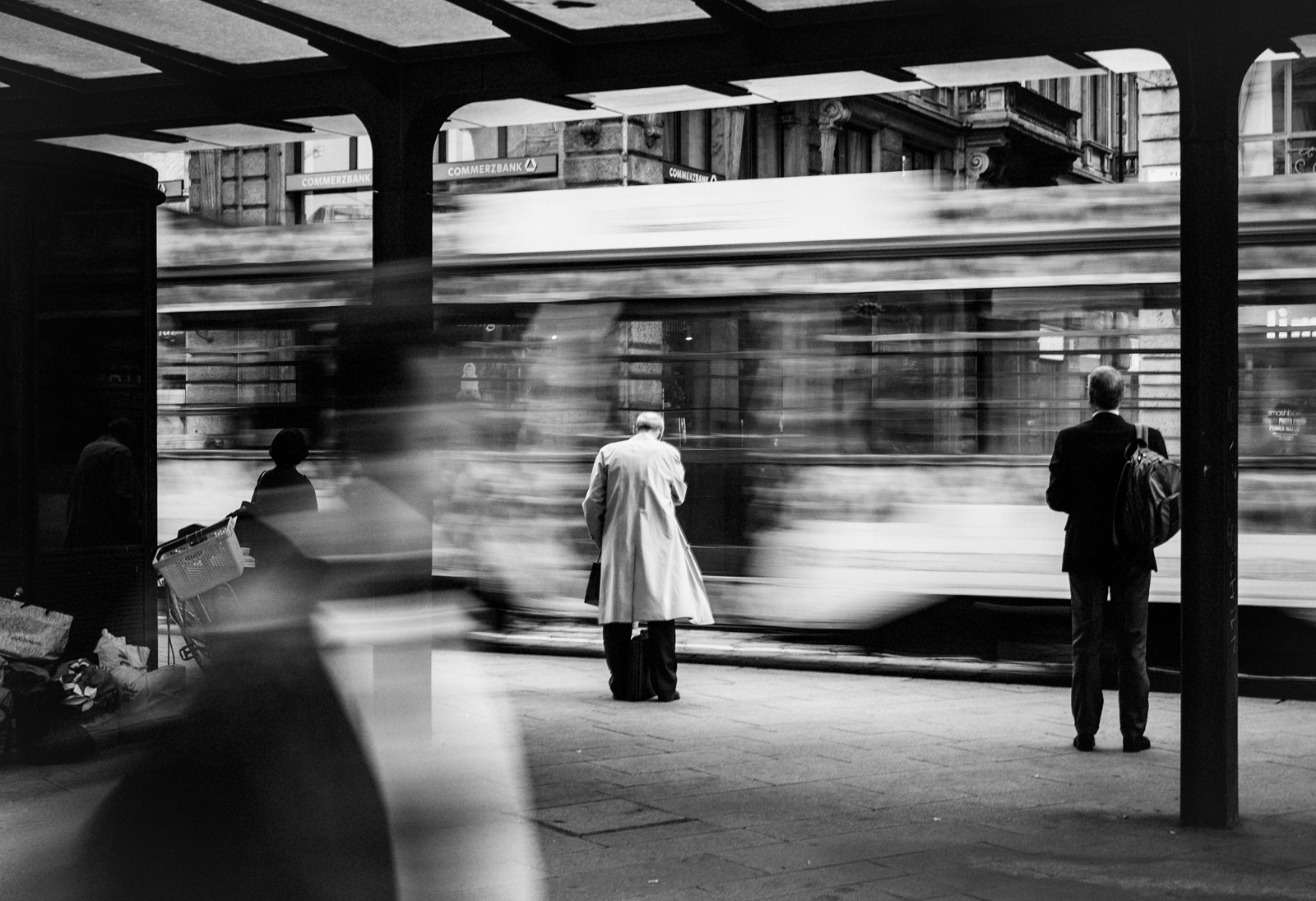Framing Streets Fundamentals Explained
Wiki Article
Not known Incorrect Statements About Framing Streets
Table of ContentsAbout Framing StreetsFascination About Framing StreetsThe Best Strategy To Use For Framing StreetsFraming Streets Fundamentals Explained

Both at the Gallery of Modern Art (Mo, MA). Motivated by Frank, in the 1960s Garry Winogrand, Lee Friedlander and Joel Meyerowitz began photographing on the streets of New york city. Phil Coomes, writing for BBC News in 2013, said "For those people curious about street photography there are a few names that stick out and among those is Garry Winogrand"; critic Sean O'Hagan, creating in in 2014, claimed "In the 1960s and 70s, he defined street photography as an attitude in addition to a design and it has laboured in his darkness since, so conclusive are his photos of New york city." Returning to the UK in 1965 from the United States where he had satisfied Winogrand and taken on street digital photography, Tony Ray-Jones turned a wry eye on typically surreal groupings of British people on their vacations or taking part in celebrations.
Road digital photography is a large category that can be specified in numerous ways, but it is typically characterized by the spontaneous capturing of an unrepeatable, short lived moment, frequently of the day-to-day going-ons of strangers. It is characteristically fired with wider angle lenses (e. g. 35mm) and typically includes urban atmospheres.
The Definitive Guide for Framing Streets
Documentary photographers typically have actually a specified, conscious message and an intent to record certain events in background (https://fliphtml5.com/homepage/onrvw/davidturley33101/). The gamut of the documentary technique incorporates aspects of journalism, art, education, sociology and history. In social investigation, documentary images are frequently planned to prompt, or to highlight the demand for, this post societal adjustmentRoad photography is normally seen as unposed and candid, yet there are a few road professional photographers who connect with strangers on the roads and take their portraits. Road pictures are unexpected pictures taken of unfamiliar people while out doing road digital photography, however they are seen as positioned due to the fact that there is interaction with the subject.
Photographing individuals and areas in public is legal in many nations safeguarding liberty of expression and journalistic freedom. There are generally restrictions on exactly how images of individuals might be made use of and most countries have details laws regarding individuals's privacy.
Unknown Facts About Framing Streets
While the common-law provinces adhere to the UK, with respect to the liberty to take images in a public area, Quebec legislation offers that, in a lot of scenarios, their magazine can happen only with the approval of the topics therein. The European Union's Civil rights Act 1998, which all EU nations have to maintain in their residential legislation, develops in a right to privacy. The right to personal privacy is safeguarded by Post 8 of the convention. In the context of photography, it stands up in arms to the Post 10 Of freedom of expression. Courts will typically think about the public interest in stabilizing the civil liberties with the lawful examination of proportionality. While also restricting digital photography in order to shield personal privacy rights, street digital photography can still be legal in France when sought as an art kind under specific conditions.
. who just strayed into a scene), or that are not even identifiable in the picture. https://www.easel.ly/infographic/04m0k9. It additionally does not generally encompass people that are public numbers (e. g - vivian maier. political leaders or stars). If a photo is thought about art, the courts will also think about the professional photographer's freedom of creative expression; implying that "artistic" street photography can still be lawfully published in particular instances
Rumored Buzz on Framing Streets
In Greece the right to take photos and release them or offer licensing rights over them as art or editorial material is secured by the Constitution of Greece (Post 14 and various other short articles) and totally free speech regulations along with by instance law and lawful instances. Photographing the authorities and publishing the pictures is also lawful.In Hungary, from 15 March 2014 any person taking pictures is practically breaking the regulation if somebody wanders right into shot, under a brand-new civil code that forbids taking photos without the approval of everybody in the picture - Best Zoom Lens. This expands the law on permission to include the taking of pictures, in enhancement to their magazine
'Covert photography' (kakushidori concealed, surreptitious digital photography) 'taken photography' (nusumitori without any purpose of obtaining permission) and "fast photography' (hayayori before permission and refusal can be provided) are forbidden unless in the previous permission is obtained from the subject quickly after taking the picture. People have rights to their images (shzken, droit de photo).
Report this wiki page